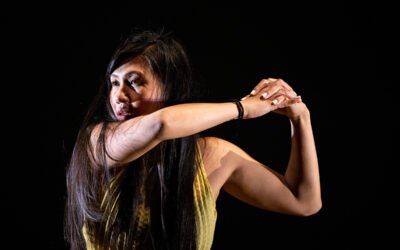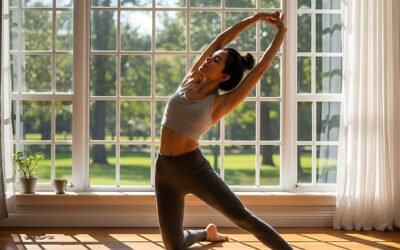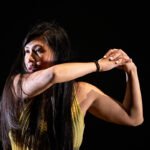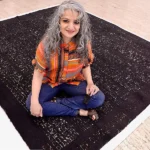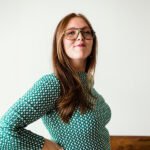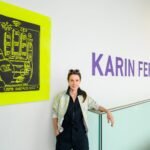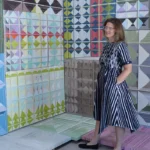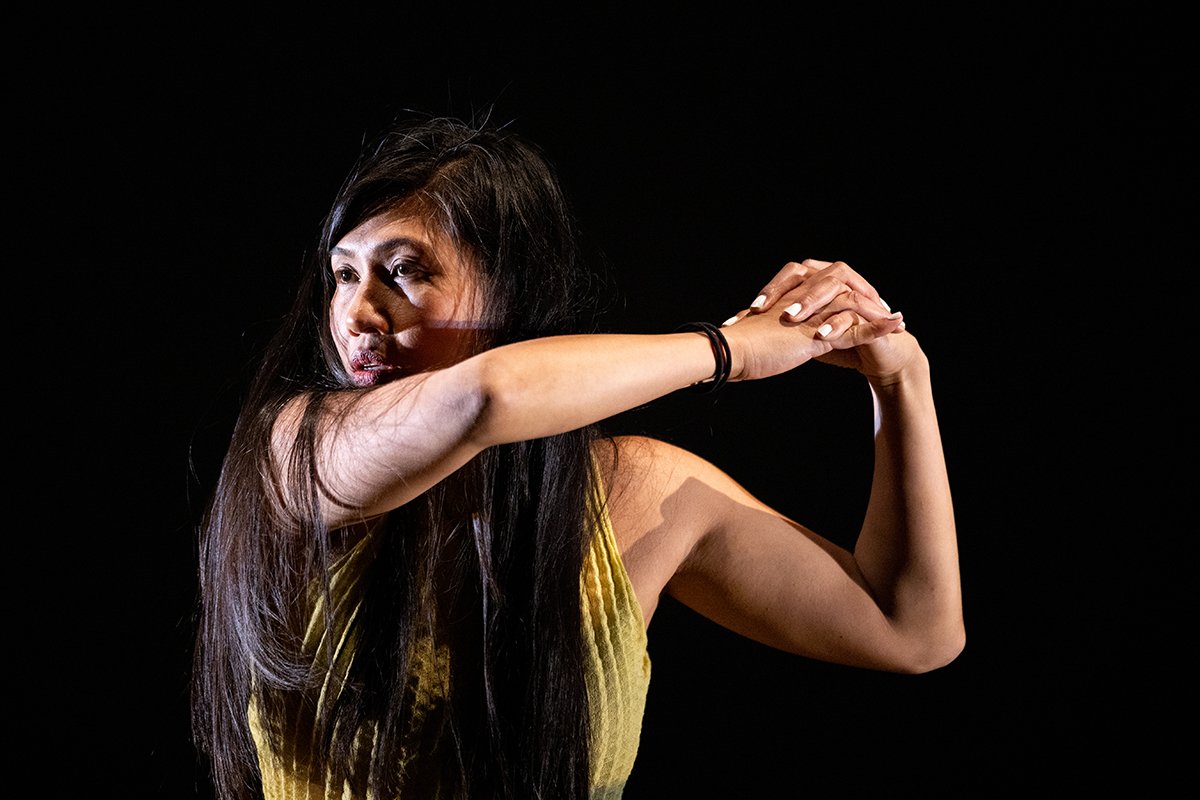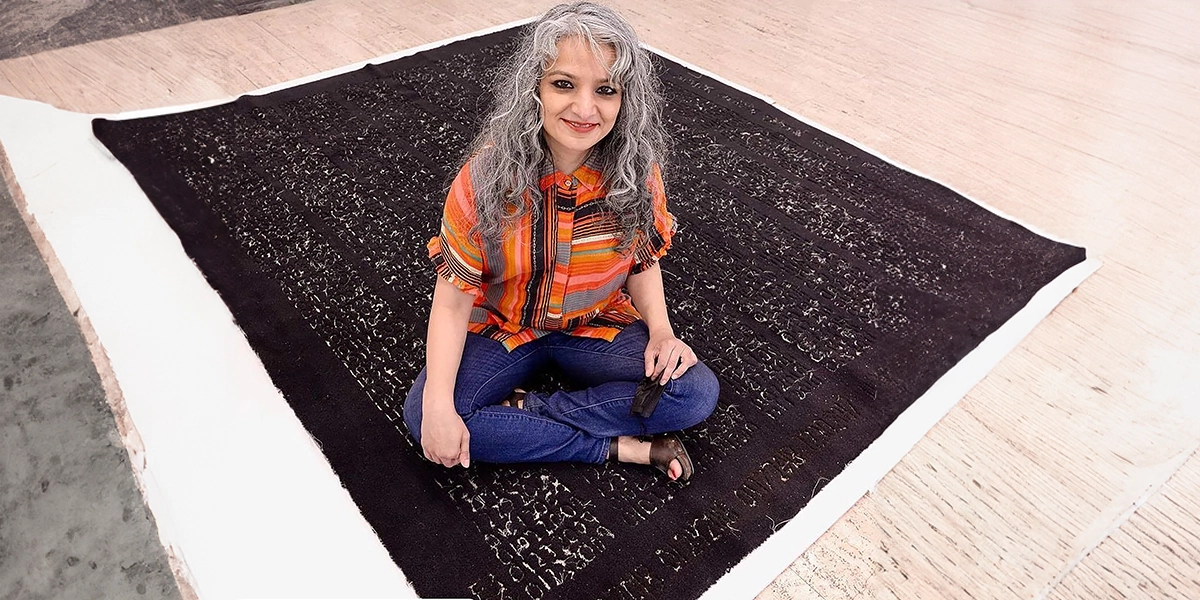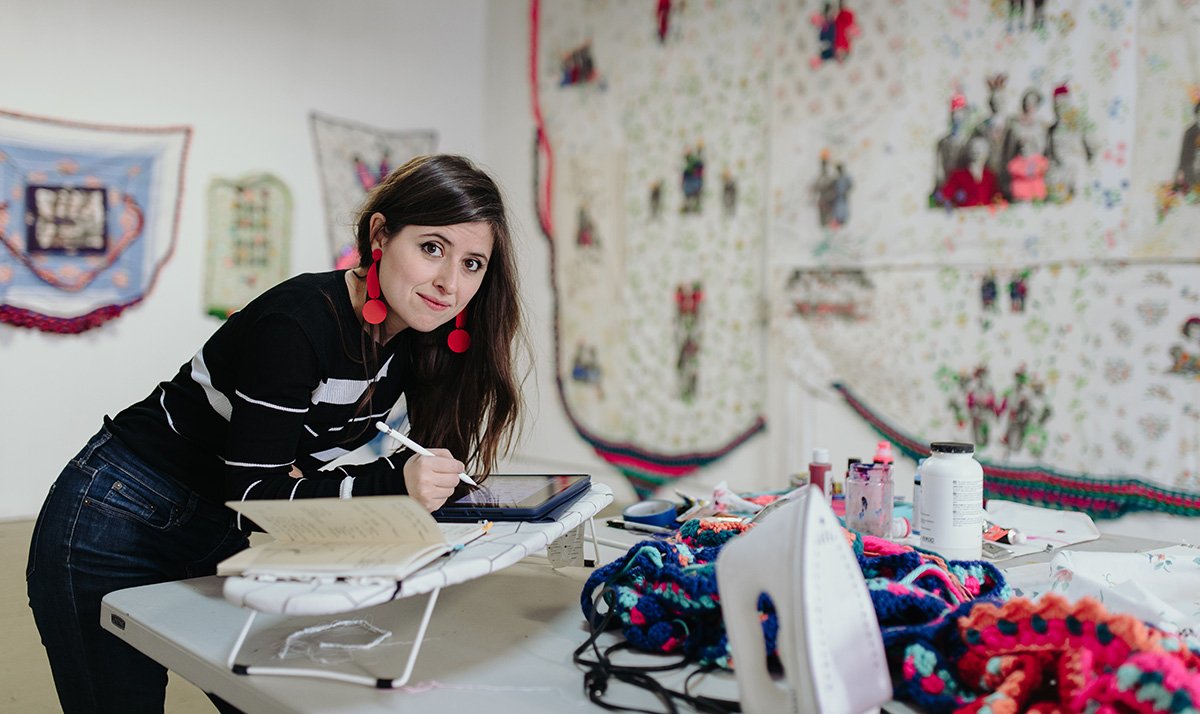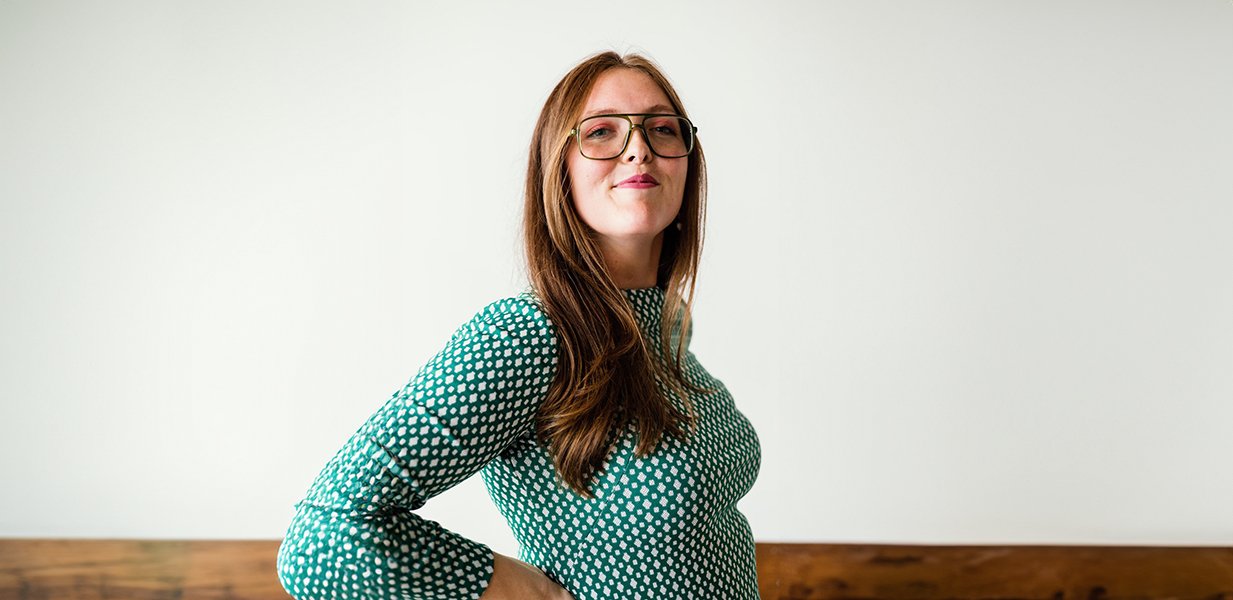The World Through Hannah Collins’ Lens
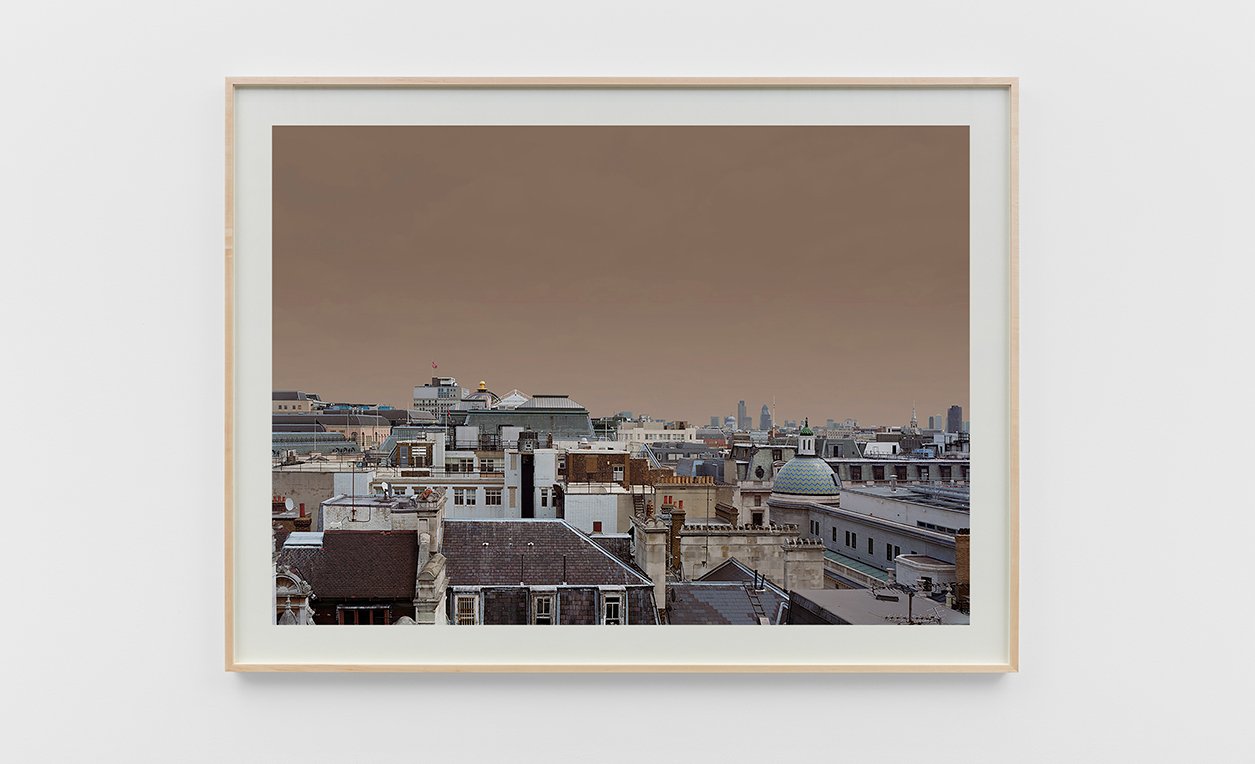
The acclaimed artist discusses her creative process, exploring history, memory, and the poetry of everyday spaces
Hannah Collins shares insights into her creative process, blending photography, film, and text to explore the intricate relationship between history, place, and human experience across different cultural contexts.
Hannah Collins is an artist whose profound visual language transcends mere representation, delving deeply into the spaces where history, memory, and personal experience intersect. Her art—spanning photography, film, and text—invites viewers into a world of quiet observation and poetic reflection, where interiors and exteriors are not just physical spaces but metaphors for human existence. Her large-scale, black-and-white photographs first brought her to prominence in the 1980s, and her career has since evolved into a distinguished exploration of social frameworks and cultural narratives that has garnered international acclaim. From her Turner Prize nomination in 1993 to receiving the prestigious Spectrum Prize in 2015, Collins’ work continues to resonate with an ever-growing global audience.
Collins’ thoughtful engagement with her subject matter is nothing short of masterful. Her works, often the result of years of immersive study, are imbued with a sense of time and place that reflects both the personal and the universal. Whether she’s documenting Mandela’s birthplace in South Africa or curating exhibitions on art and resistance in the American South, Collins’ commitment to historical depth and social relevance shines through. She has a unique ability to transform the ephemeral into something enduring, making her one of the most compelling contemporary artists of our time. This interview offers a glimpse into the mind of an artist who has spent decades refining her craft, her vision, and her voice, and it is an honor to feature her in Mosaic Digest Magazine.
“The decision over which medium I should use often makes itself. I usually have a feeling about the scale of a work that can be made in one particular way.”
Your work spans photography, film, written texts, and books, often integrating historical and social contexts. How do you approach the process of deciding which medium to use when developing a particular project?
The decision over which medium I should use often makes itself. I usually have a feeling about the scale of a work that can be made in one particular way. For instance, The Fragile Feast an exhibition and book I created with the chef Ferran Adria was all about the ways we encounter the complexities of what we eat and the beauty of our relationship with the natural world in quite a light hearted, yet very serious way. There needed to be many pictures and I wanted precision and speed to record so I began to use a medium format camera which was reactive and entirely new for me. Later I wrote essays because I had learned so much about how elements live, grow, are harvested and transformed that are a vital part of the book. That is an example of how a work might not happen if medium and intention are not aligned but I often cannot puzzle this out until I begin to work.
You’ve lived and worked in various locations, including London, Barcelona, and Almeria. How have these diverse cultural environments influenced your artistic vision and the subjects you choose to explore?
The places where I have lived shifted my way of seeing the world. Being a visitor is very different to building a life in a place, I formed different habits, found keys and I asked more questions. I learned Spanish. I think of it as a kind of expanded vision. It is a fundamental part of who I am as a traveler and artist trying to describe the present in a poetic and positive way. The skills I have gained in adapting particularly to Spain where I spent long periods alone and finding new ways to live are part of who I am as a poet and sculptor, which is how I might now describe what I do.
I studied in the US as a student and remember the shock of my physical encounter with American history and culture. Later on I lived in California when I taught at the University of California – I have a strong awareness of the power of a culture when it is not divorced from its context. Ten years later this knowledge led me to curating We Will Walk- Art and Resistance in the American South at Turner Contemporary in Margate.
In Almeria where I have built a home from a ruin in the desert, I work with local people to plant and harvest almonds, olives, lemons. There I feel close to nature, the weather and the vast Mediterranean. Building the house encouraged my interest in the flat roofed architecture of the region that echoes North Africa and resulted in I will make up a song and sing it in a theatre with the night sky above my head a slide show with soundabout Egyptian Modernist architecture, the desert and the ways we might adapt to future climate conditions.
“The places where I have lived shifted my way of seeing the world. Being a visitor is very different to building a life in a place.”
Your recent works, such as the digital slide show created with Duncan Bellamy, highlight your interest in collaboration across disciplines. How has working with musicians and other artists influenced your creative process?
Music means freedom to me, its temporariness and relationship to time brings another dimension to art.
I have had a relationship to music from my earliest works, Family,1989 (MoMA NY Collection) was the result of my living next door to the All Nations night club in the East End of London near Martello Street. This was in the 1980’s. I wanted to find a way of describing the environment that sound created. It encapsulated histories and told stories. In another work, The Violin Player, a friend played the violin in a room full of mattresses which was also made in London in the mid-eighties. Those works were records of performances that eventually became hand-made room sized photographs.
I invited Duncan Bellamy who I knew from his work as one half of the group Portico to make a soundtrack for I will make up a song… shown at SF MoMA and the Tapies Foundation. Then we made The Earth Beneath my Feet which went on to become a performed concert at the Barbican with their music accompanied by a large projection screen with my images in 2022. Now we would like to produce an LP. In both works there is an improvisational relationship between sound and image. Both reflect on our future as humans on earth through architecture and the natural environment. It has been a very rich collaboration and I think the audience felt that complicity, for me the sound expands the photograph exploring a new temporal relationship to the static image, it is very exciting to work this way.
You curated the exhibition We Will Walk – Art and Resistance in the American South, which focused on art born out of social struggle. What drew you to this theme, and how do you see the relationship between art and social resistance in your own work?
I grew up in post war Britain when there was an optimism about what we could achieve but we lived in harsh circumstances. I remember as a child creeping downstairs as my parents watched the news as the Vietnam War played on our small black and white tv. The National Health Service was a proud national symbol, people lived much more simply and had less. I think this conditioned my views and made me aware of social issues and a lived environment as part of the potential of art. However I seek beauty and optimistic ways forward in the world through my work.
We Will Walk – Art and Resistance in the American South came from two years working intermittently in the American South just before the Black Lives Matter movement began. I profoundly admired a group of African American self-taught artists who expressed their history often through site specific installations using found materials. The work I saw was poetic and sharp, much of the work was not widely appreciated except in rare cases like that of the Gee’s Bend quilts. Works often disappeared when the maker died and had only been seen in the context of outsider art, not within a wider cultural history. Curating an exhibition as an artist, after spending time with the works, artists and situations within which they lived, allowed me and my co-curator Paul Goodwin to include all kind of elements like a soundtrack, a timeline, words by the artists themselves and literary references from writers far more accepted than their visual artist equivalents.
The concept of memory plays a significant role in your work, as noted by the Sprengel Museum Hannover. Can you talk about how memory influences the way you create and interpret the images and narratives in your projects?
It is often the gaps between images and events that occur in series that prove most significant in provoking an understanding of time and our lives within specific cultures. I have shown works made in different situations, times and circumstances in the same space and been surprised by the profound relationships between them. I try to give the viewer a large mental space to wander within so the mind can find a way to relate elements of place or time. Sometimes within one image I highlight different human periods. In the Course of Time(6) – Factory Krakow, 1996 (Reina Sofia Museum, Madrid) contained elements we can remember yet are now distant memories like huge coils of rope, fires and blackened windows. The True Stories images made amongst the rooftops of various cities bring together places, eras, buildings, styles in an imaginary space like that before the credit of a film. It is a sensation, feeling and reverberation that I am looking for when I call up memories rather than something more specific.
You were nominated for the Turner Prize in 1993, and your career has since evolved in many directions. How do you reflect on that nomination now, and how has your practice changed or expanded since that recognition?
When I received the Turner Prize nomination I had just moved to Spain, now I live between the two. In those far off times I was just beginning to find ways to work, it was important that I had good gallery representation so that I could continue to work and bring up my daughter in Barcelona where I had settled. Following the Turner Prize I began to exhibit with Leo Castelli in New York.
At that time I had begun to explore the photograph as a field that could contain memory alongside multiple human and environmental relationships. I have continued on that path whilst also broadening my work. If you put together many pieces I have made since then, whatever the form, I think it is consistent – constantly working outwards whilst keeping some fundamental boundaries clear and progressive,
There are series like the True Stories I have made over twenty years, large hand-made prints that explore our hidden histories like In the Course of Time and works that take on situations that affect us all yet remain hidden like the film Current History (Tate collection) that explores life in a village in post-Soviet Russia. I hope one day I will be able to physically show a lot of that work together and explore the ways it cumulatively expands language.

